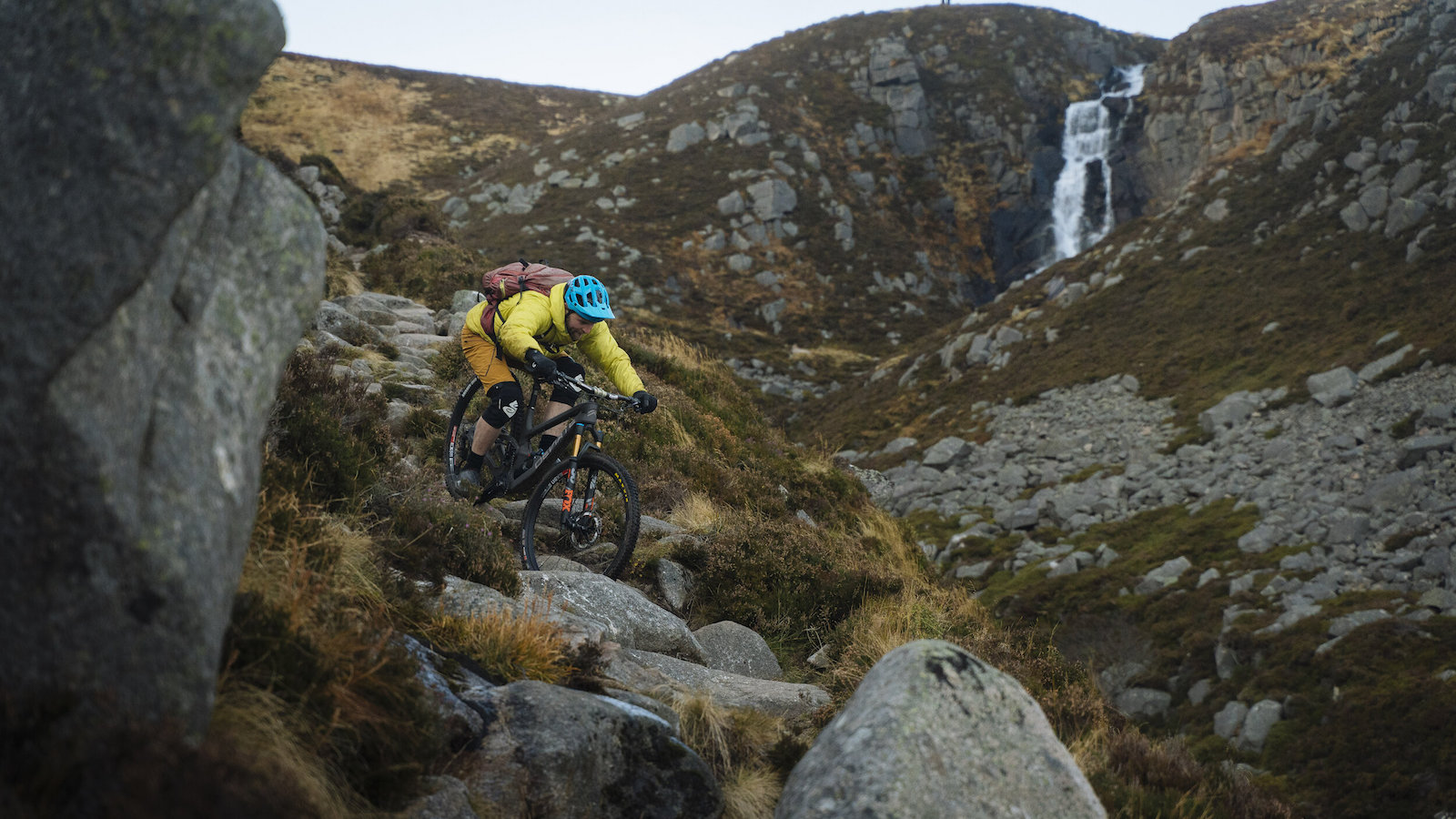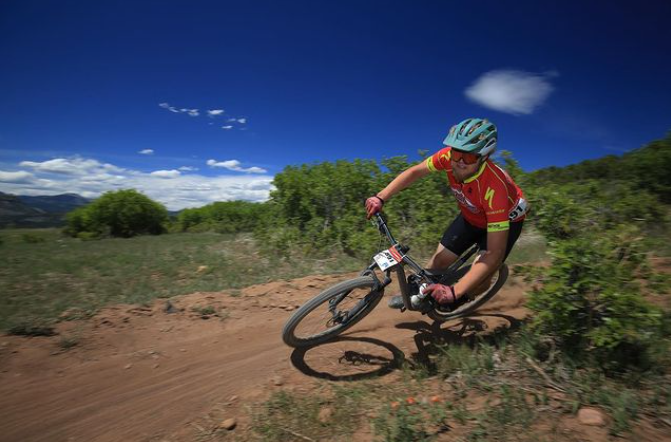Trail mountain biking: everything you need to know
Trail mountain biking is all about going out on a ride and enjoying the time on the trails. Here's how to get started

Trail mountain biking may sound like an all-encompassing name for off-roading, but it actually refers to a specific discipline or category of riding.
Trail riding can be thought of as an average all-purpose mountain bike ride. Most riders don't go as fast as they can on the uphills or the downhills but rather go out to enjoy the trails. Whether riding for fitness or fun, trail riding is all about having a good time on any terrain you may find yourself on.
While other categories of mountain biking have a corresponding competitive aspect that defines them, trail riding is the opposite, with the bike industry marketing trail bikes to the non-competitive side of mountain biking. That doesn't mean they are slow, however; the best trail bikes borrow technology from enduro and XC racing, creating extremely capable all-round performers. Let's take a look at the equipment that's designed for trail riding.

- Types of mountain bikes: all the different mountain bike categories explained
- How to fix a broken bike chain
What do you need for trail mountain biking?
Trail bikes are a pretty broad category of bikes, and like most bike categories, there aren't hard and fast rules that define the category. Some trail bikes may be more cross-country focused, while others with longer suspension travel may be more similar to enduro bikes.
Either way, the sweet spot for trail bikes seems to be around 130-150mm of front and rear travel. Trail bikes are almost always full-suspension bikes, although with more and more aggressive hardtails hitting the market, those might be able to be considered trail bikes as well. Think bikes like the Specialized Stumpjumper or Ibis Ripley, both of which are some of the best trail bikes on the market.
In terms of performance and ride-feel, trail bikes are designed to be efficient across all types of terrain. While cross-country bikes are designed to go really fast up hills, trail bikes are designed to feel a bit more comfortable on the downhills.
Trail bikes are usually 29ers, but 27.5-inch trail bikes exist too. The 29ers will be more stable and efficient, while the smaller-wheeled bikes will feel more nimble, ideal for whipping through jumps and slapping berms.
For components, everything is going to be a bit beefier, compared to cross-country bikes. Notably, the tires will have more aggressive knobs and improved sidewall protection to suit a more all-around riding style. The brakes may get four-pot calipers and will feature bigger rotors too so they can handle bigger descents.

What to wear on a trail ride
Trail riders usually wear baggy jerseys and shorts instead of tighter fitting clothes like XC riders wear, but there are no fashion rules, so wear whatever you want to. Trail riders might opt for shoes that aren't so race-focused too, opting for something that's easier to walk around in and looks more casual. Trail riding helmets are half-shell helmets that will feature a bit more side protection than cross-country helmets and will have a peak too. Due to the speed at which trail bikes can descend, some riders will bring knee pads along for added protection.
So how do you go for a trail mountain bike ride? There's no right or wrong way to do it. Any trail is fair game, from mellow singletrack to flow trails and rocky, technical features. Trail riding doesn't usually encompass the gnarliest trails on the mountain, but bikes these days are becoming more and more capable and even resembling enduro bikes.
The ideal trail ride for us is around two hours. That's long enough to feel like you got a proper ride in and short enough so you aren't hallucinating by the end of it. If you only have an hour, shorter rides on your home trail are awesome too. Trail bikes can be ideal for longer all-day rides as well, seeing as they are designed for efficiency and can be a great tool for long backcountry loops.
Like we've said, trail riding is all about going out on an average ride and enjoying the time on the trails. So go fast if you want, go slow if you want, or maybe session some jumps or technical features.
Ryan Simonovich has been riding and racing for nearly a decade. He got his start as a cross-country mountain bike racer in California, where he cultivated his love for riding all types of bikes. Ryan eventually gravitated toward enduro and downhill racing but has also been found in the occasional road and cyclo-cross events. Today, he regularly rides the trails of Durango, Colorado, and is aiming to make a career out of chronicling the sport of cycling.
Rides: Santa Cruz Hightower, Specialized Tarmac SL4

